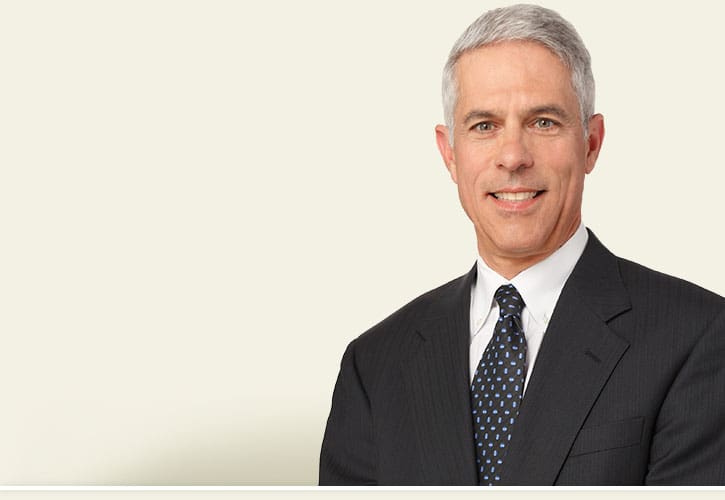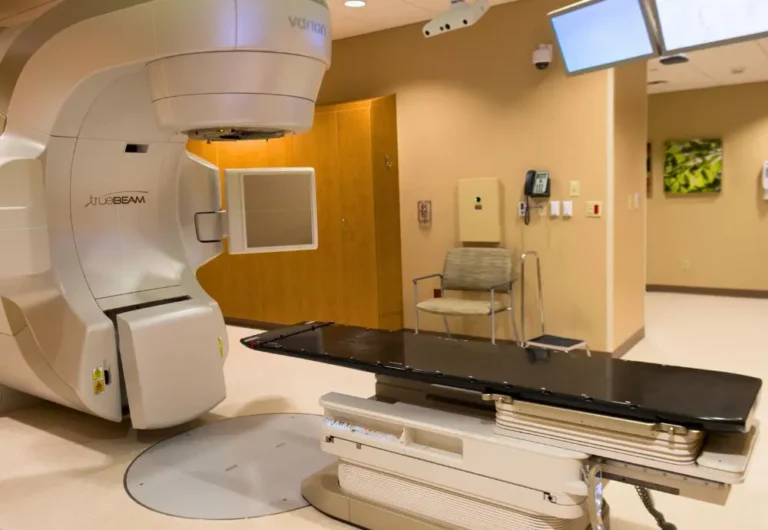The relationship between cancer patients and their oncologists is an intense one.
The stakes are high for everyone involved, and cancer patients especially have very high expectations of their doctors (more info here). There are approximately 15 million cancer survivors in the U.S. right now, and as our population ages and cancer treatments become more and more effective, the number of cancer survivors needing precious time with their oncologist keeps increasing. That number is expected to reach 20 million by 2026.
But the demand for cancer doctors is outrunning supply: in 2016, there were 12,100 practicing oncologists in the U.S., approximately one-fifth of whom are due to retire within the next five years. At present, graduate programs can only supply about 600 new oncologists per year – and with increasing financial pressures on educational programs, there’s almost no potential to increase that output within the next decade (more info here).
And it isn’t simply a matter of current oncologists stepping it up, either: the average oncologist is already working 63 hours per week.
It was hoped that widespread implementation of computerized medical records would yield a boon of efficiency, but unfortunately that hasn’t materialized either. It’s currently estimated that oncologists now spend 50% or more of their time on computer work, leaving less (rather than more) time for patients. Maybe physicians haven’t yet climbed the steep computer learning curve to gain new efficiencies, or maybe current technologies (as implemented) aren’t designed to make physician work easier, but either way it’s been more burden than benefit so far.
So if the work’s hard, getting harder, and there’s more of it than ever before, who in their right mind would go into medical oncology in the first place?
Good question; I’ll try to answer it in my next blog.
For more information about the author of this blog: click here








